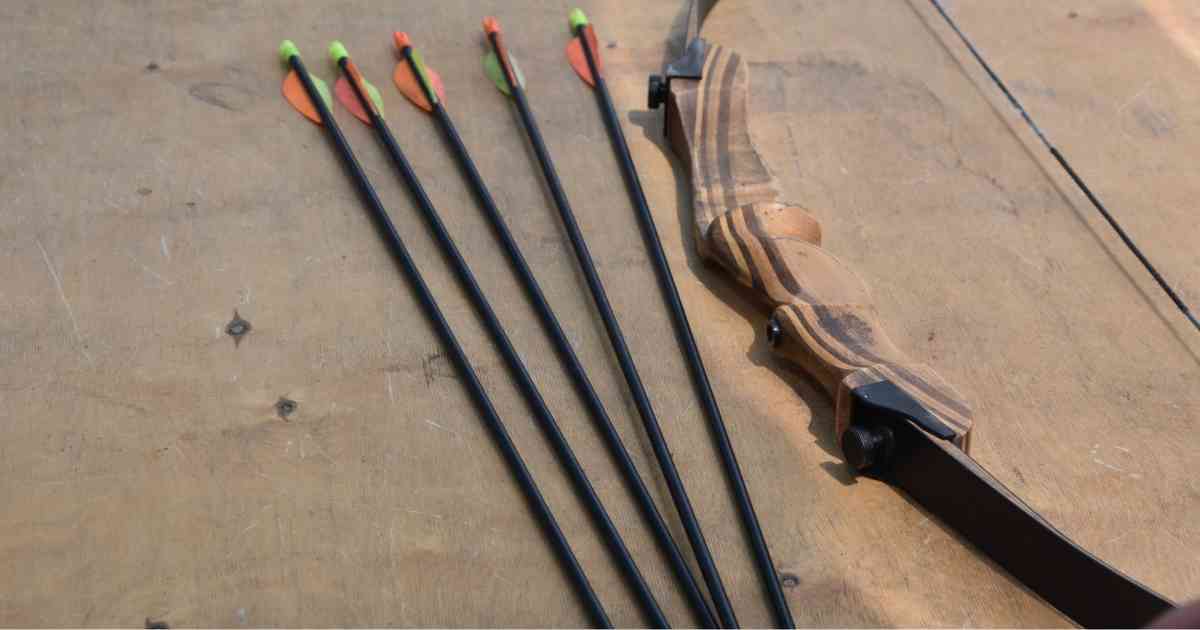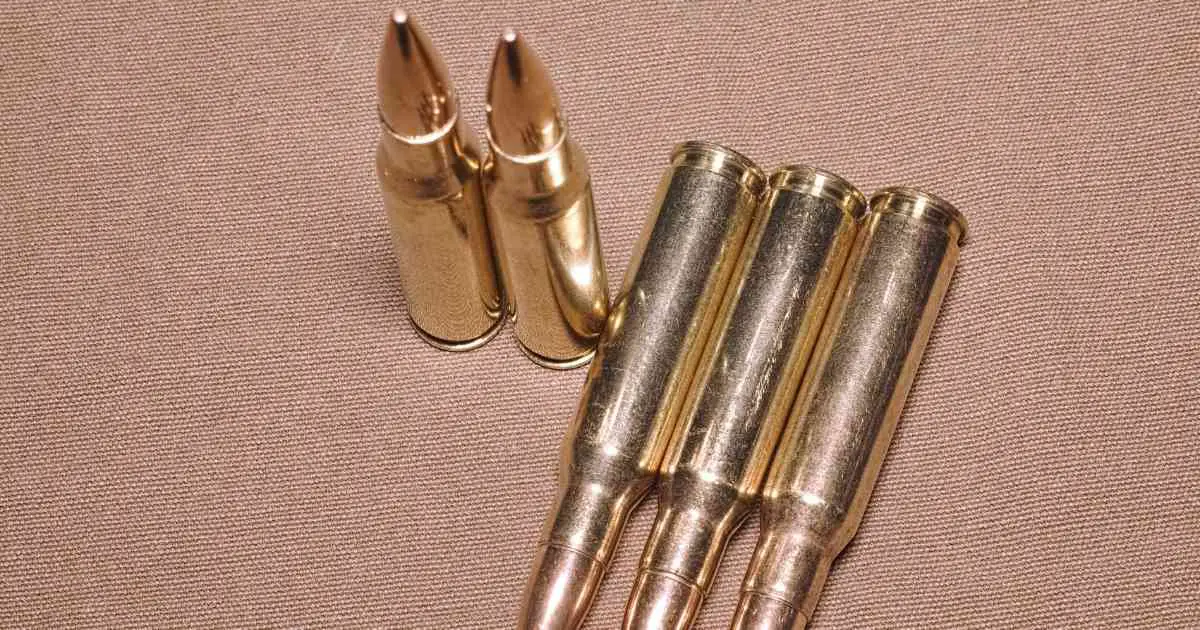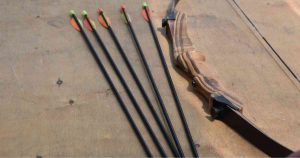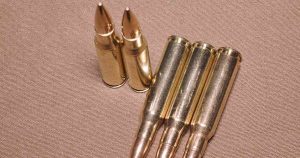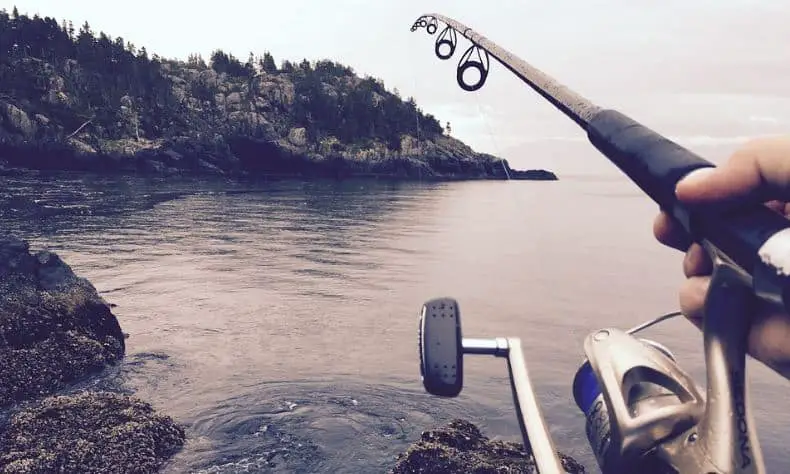
There is a very wide variety of fishing rods available on the market. Most people mistakenly buy the wrong fishing rod because they do not consider their fishing methods and the size of fish they intend to catch.
These factors are important considerations because by digging deeper into them, you to get a deeper insight into the actual build and workings of a fishing rod and this makes it easier to know what to look for before buying a fishing rod.
Related Article: 10 Fishing and Hunting Tips You Should Know
Buying Guide of Fishing Rods
A good rod may improve your angling experience, but a bad one may frustrate your fishing outcome. This guide gives you a simplified manual on what to look for based on your fishing habits and target fish size.
Before buying a fishing rod, you need to consider its:
1. Length
Rod lengths have everything to do with casting distance. The further you want to cast, the longer the rod length required. However, there is a limit in rod distance length.
If it is too long, it might be too cumbersome to hold and pull up the fish. It might also be difficult to cast because for starters, it might bump into obstacles such as branches if you are fishing on waters with overhanging vegetative growth.
Another important factor that can determine the rod length you need is how you like to feel the fish. Generally, longer fishing rods have a more aggressive feel when they have a fish load.
This is because of the lever like the effect that they create in between the fish and the angler.
This, therefore, means that a stronger person can better handle a longer rod length than a weaker person because he/she can comfortably control the fish’s aggressiveness.
A weaker person should use a shorter rod instead. Your fishing position also gives you a clue as to the rod length you need. If you are fishing from the shores, you will need a longer rod as compared to when you are shipping from a boat/kayak.
2. Power
A fishing rod’s power describes how much it flexes along its entire length and how strong it is to resist bending.
With a fishing line passing through the rod’s guides up to the tip and into the water, a heavier cast (heavy lead plus longer fish line) on a river with strong currents would flex it more especially if it is long or made of a flexible material.
Similarly, heavier fish would flex the rod more. Therefore, heavier fish and heavier cast would require a heavy power rod.
If you are confident that the waters you are fishing in have smaller fish, you can go for the light rod which is more flexible.
There are other powers in between heavy and light, for instance, medium heavy and moderate and each has its own flexibility properties.
3. Weight class
This is the maximum limit of line weight that a rod can handle and is usually indicated on the rod in pounds or kilograms.
A 4 kg weighted rod, for instance, can only handle a max 4 kg fish without breaking. Therefore it is important to have a rough idea of the size of fish in the water before angling.
4. Material
There are many fishing rods in the market right now, and a major differentiating factor between them is the material that makes them.
Fiberglass rods are the cheapest and even though they can still do a good job when fishing, they do not feel as good as other expensive types.
Carbon fiber rods, on the other hand, are very light and have an overall good feel. However, they are not as flexible as fiberglass models.
S glass and e glass fishing rods are not as expensive as carbon fiber rods and not as cheap as fiberglass rods, but they balance out their properties by being flexible and having a good feel. They are good for catching a wide variety of different sizes of fish.
Final Verdict
By going through and understanding these four considerations, you will have a better chance of selecting the best fishing rod to suit your specific fishing requirements.
This best rod will certainly have a positive effect and make fishing easier for you.


